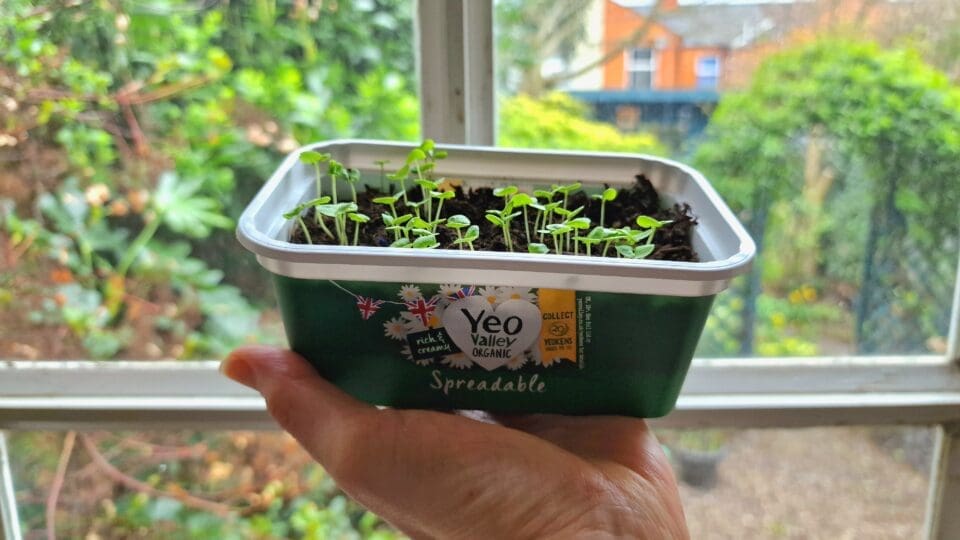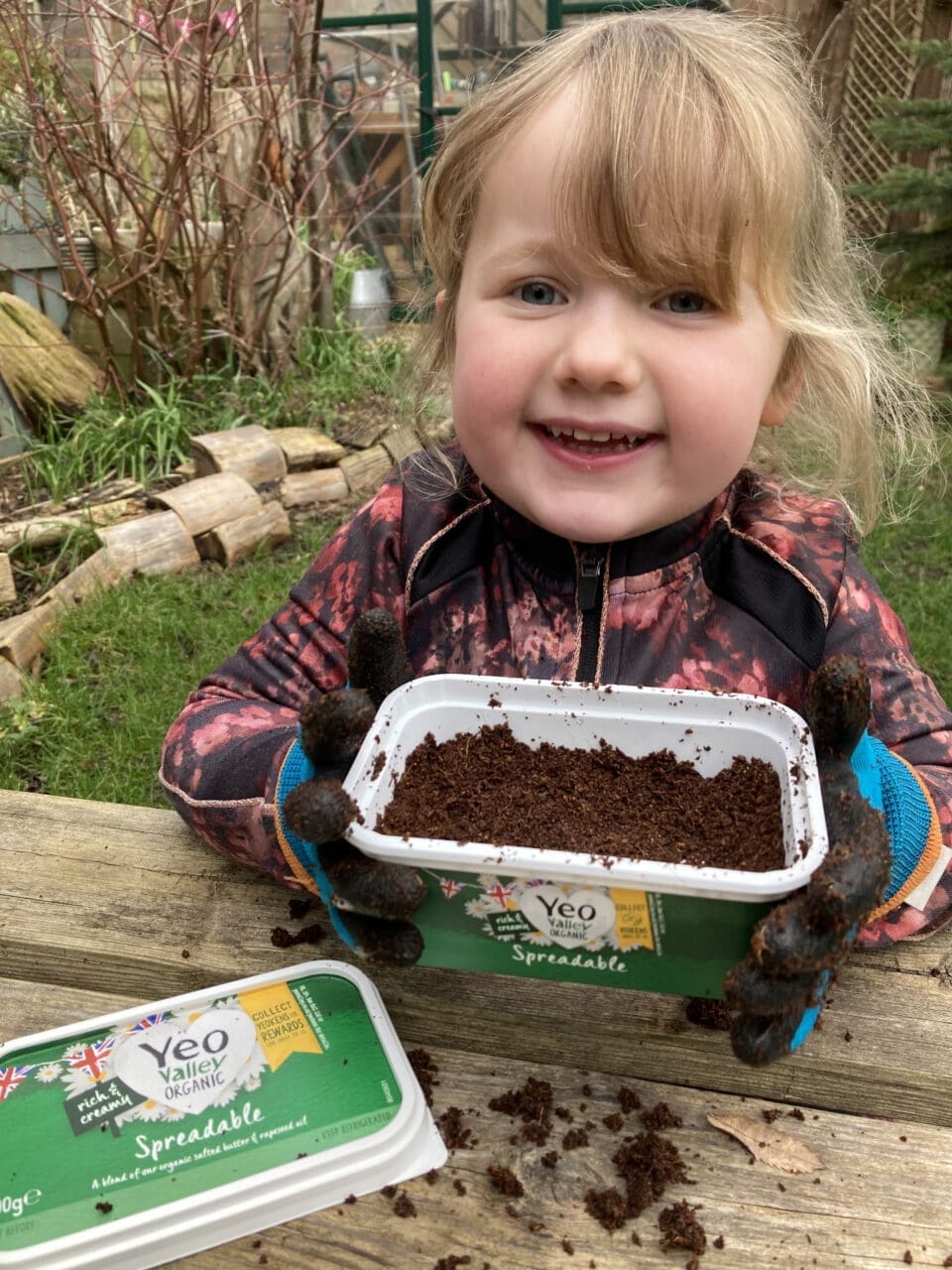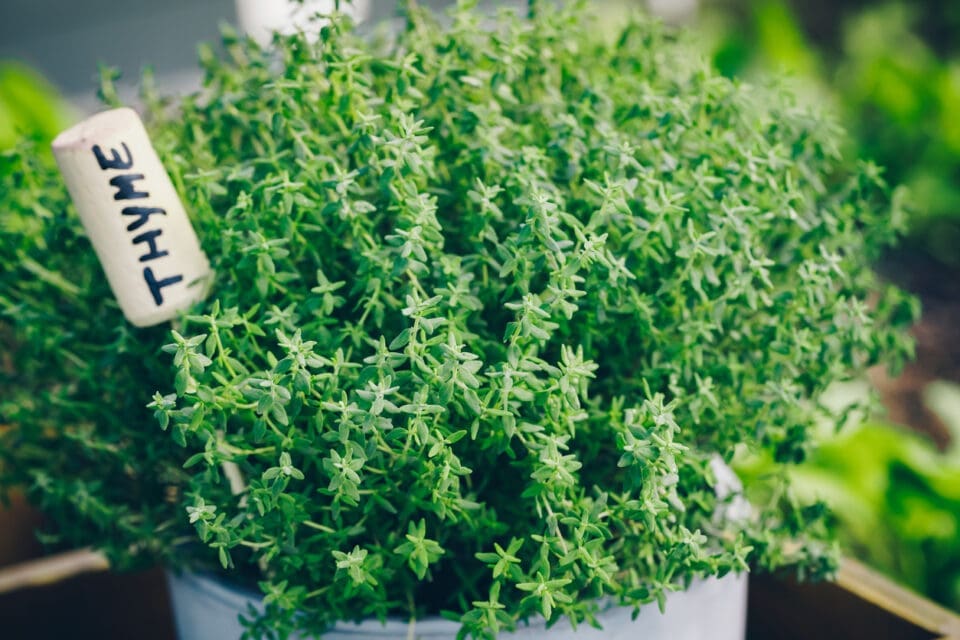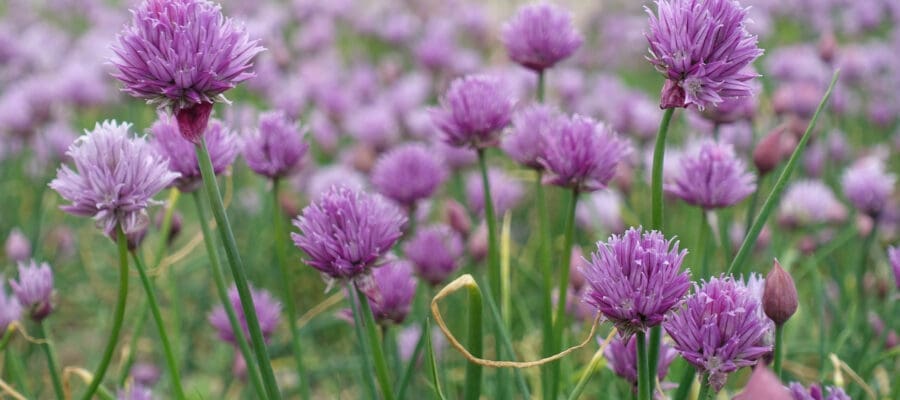Thanks to a partnership between Garden Organic and Yeo Valley Organic you can grow your own fragrant basil, chives or thyme plants
Available May and June 2024, with every 400g tub of Yeo Valley Organic’s Spreadable blend of organic butter and rapeseed oil you will get one packet of herb seeds, with growing instructions. However you can collect all three herb packets as there are different seeds with each tub. The herb packs have been sourced from the Organic Gardening Catalogue.
Garden Organic’s CEO Fiona Taylor said: “We’re really delighted to be teaming up with Yeo Valley Organic for this lovely giveaway. Just a sprig of herbs can elevate a sandwich to another level and we’re showing that they’re really easy to grow. You could even fill the empty tubs with compost and grow them on a sunny windowsill.”
The packs will be available in Sainsbury’s, Tesco, Asda and Waitrose.
GROWING TIPS FOR BASIL

When to sow – Sow the basil seed thinly and cover with a fine layer of compost in pots or trays indoors from March through to the end of May. They require 18C temperatures to germinate so keep them warm and in a bright spot. The distinctive seed leaves (first leaves) are shaped like two capital Ds and should pop up in five to ten days.
When to transplant – Transplant into bigger pots when they’re five to 10cm tall, and they have two to three true leaves. Basil needs to be treated like an annual as it’s not frost hardy. Wait until late May or early June to plant them outdoors, where they can be placed 30cm apart.
Basil likes warmth and sunshine so choose fertile, free-draining soil in a sheltered site, or group together in containers on a sunny patio or balcony. Alternatively, basil can be grown in a warm greenhouse or on a windowsill indoors for most of the year.
When to harvest – Gather fresh basil for your pizzas, pastas and pestos from 12 weeks, from June to September. Pick young basil leaves from the top of the plant, to encourage new shoots and leaves and delay flowering. It’s good to grow several plants at once, so you can rotate the picking.
Tips for success – In hot weather, basil will appreciate a water at the base and a dose of liquid comfrey feed.
GROWING TIPS FOR CHIVES

Chives are a fuss-free addition to any garden, providing aromatic leaves that can be snipped into scrambled eggs, salads, baked potatoes and much more. Chives are a perennial herb, which means you’ll be able to crop them year-after-year, and they produce edible purple flowers that are a good source of pollen and nectar for beneficial insects.
When to sow – Sow chive seed indoors March to May in small pots with drainage holes in the bottom, filled with peat-free seed compost. Cover with a thin layer of compost and water from below by sitting the pots in a saucer or tray of water. Place on a warm, bright windowsill and watch for the grass-like seedlings to emerge. They take 10-20 days to germinate.
When to transplant – You can grow on in your pots for a few weeks, but they will need planting out once they become too big for the pot. Plant out into the garden, or into a container, once they’re 10cm high, and all risk of frost has passed. Choose moist soil in a sunny site.
Alternatively, sow direct outdoors in containers or raised veg beds at 0.5cm deep. Thin or transplant seedlings to 25cm apart.
When to harvest – Harvest from June to October when the plants reach around 15cm tall. Snip leaves regularly, leaving around 5cm at the base, and more will grow to replace them.
Tips for success – Young chive plants like a little water and a mulch of homemade compost in dry weather in their first summer – but after this they need very little attention.
Remove flowering stems to increase leaf production, and after the flowers die back, you can cut the plant right back to the base to encourage new shoots in spring.
GROWING TIPS FOR THYME

Perennial and evergreen, thyme is one of the best herbs to grow at home. Once it’s established, you (and the bees) will be able to enjoy fragrant homegrown sprigs all year round and year-after-year.
When to sow – Sow indoors March to May in seed trays or pots of peat-free seed compost at around 13C. Germination takes five to 10 days.
When to transplant – You can grow on in your seed tray or pot for a few weeks, but they will need planting out once they become too big for the pot. At this stage, transplant individual seedlings into larger pots to grow on, or transfer into open ground in May and June. Space the plants 25cm apart in a free-draining, sunny site.
Thyme also grows very well in gritty compost in containers, and will produce an abundance of aromatic leaves and flowers to enjoy outside the kitchen door.
When to harvest – Pick leaves to use fresh from 12 weeks, or before flowering for drying – leaving at least 7cm of growth. Leaves and stems add flavour to soups and stews, or rub off the leaves into breads, stuffing’s and roasted veg. The tiny flowers are edible too.
Tips for success – Thyme is low maintenance and won’t need feeding. It’s also drought tolerant so it’s an excellent choice for a dry, south-facing growing space or container garden.
It can take six to 12 months for a new plant to get bushy enough for harvesting. Water your thyme plant until it’s established, but after this ensure it’s kept in free-draining soil over winter as it dislikes waterlogging. Cut back shoot tips to encourage more growth and reduce stem length after flowering to avoid your thyme plants becoming woody.
MAKE A DONATION

Once you have purchased your Spreadable packs to obtain your free seeds you might like to donate your Yeokens (tokens found on the packs) to raise money for good causes. Until the 30th June, Garden Organic will be one of three charities available for consumers to donate their Yeokens to. At the end of the quarter, Yeo Valley Organic will reward each charity with a charitable donation.
“It couldn’t be a better partnership,” adds Fiona. “Yeo Valley Organic share our organic ethos and a commitment to bringing delicious sustainable food to people that’s grown in a way that nurtures the soil, reduces food waste and supports the planet.”





